You can't really change the speed without changing the frequency of the AC. That's a synchronous motor - it rotates at a fixed multiple of the line frequency.
If you lower the voltage (or reduce the current) but keep the load the same it will be forced to run slower - it hasn't got the power to force the load to rotate at its designed speed. That is a bad thing.
If you lower the voltage some, then it will run slower under load but overheat and burn out. If you lower it more, then it will stop and burn out under load. If you lower it enough then it won't burn out, but it won't rotate, either.
I used to live in a house with low voltage (outlet voltage was like 90V when it should have been 110V.) The synchronous motor in the water pump (we had our own well) burned out like three times in a year before my father could convince the power company to do sonething about the low voltage.
